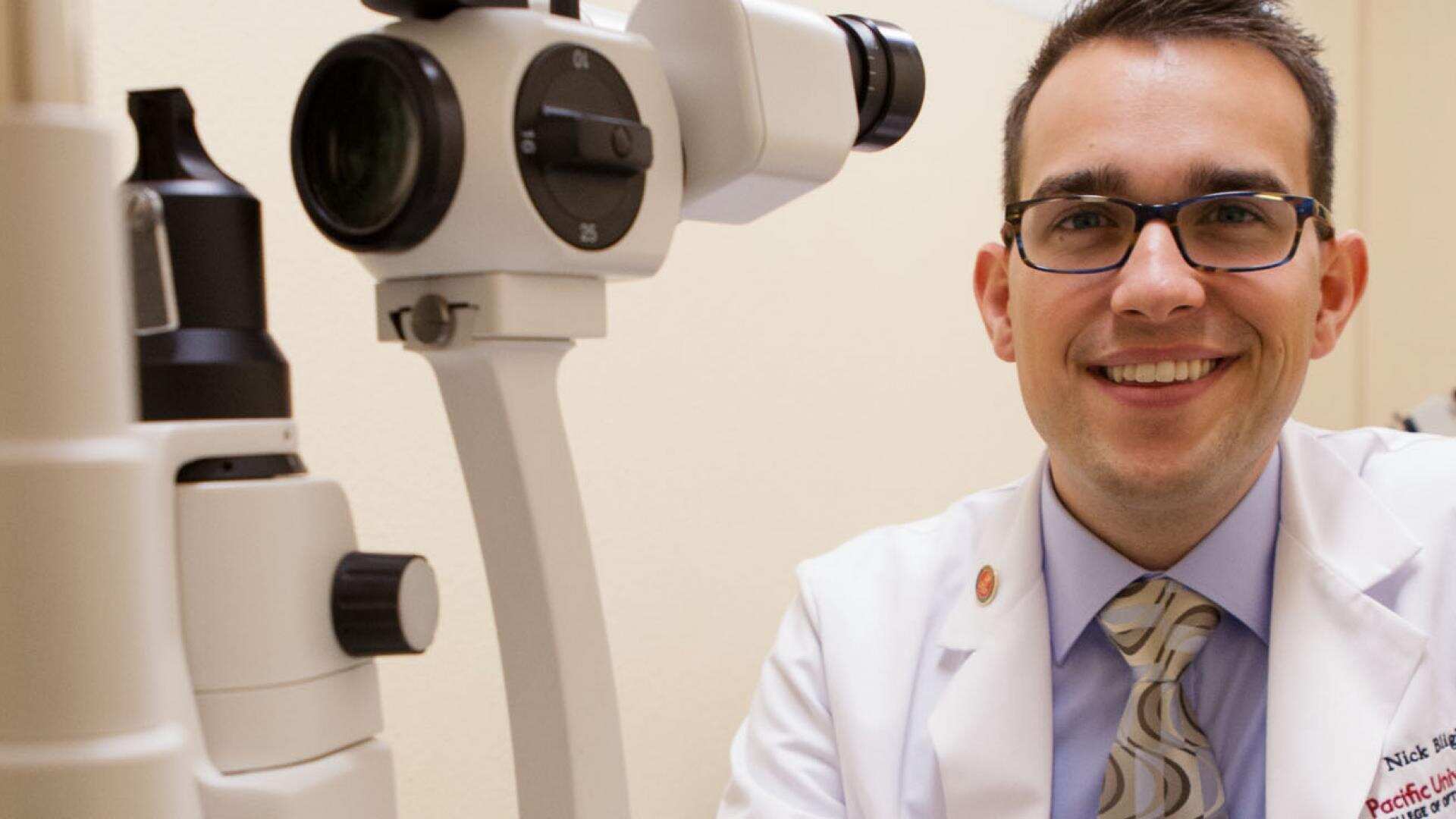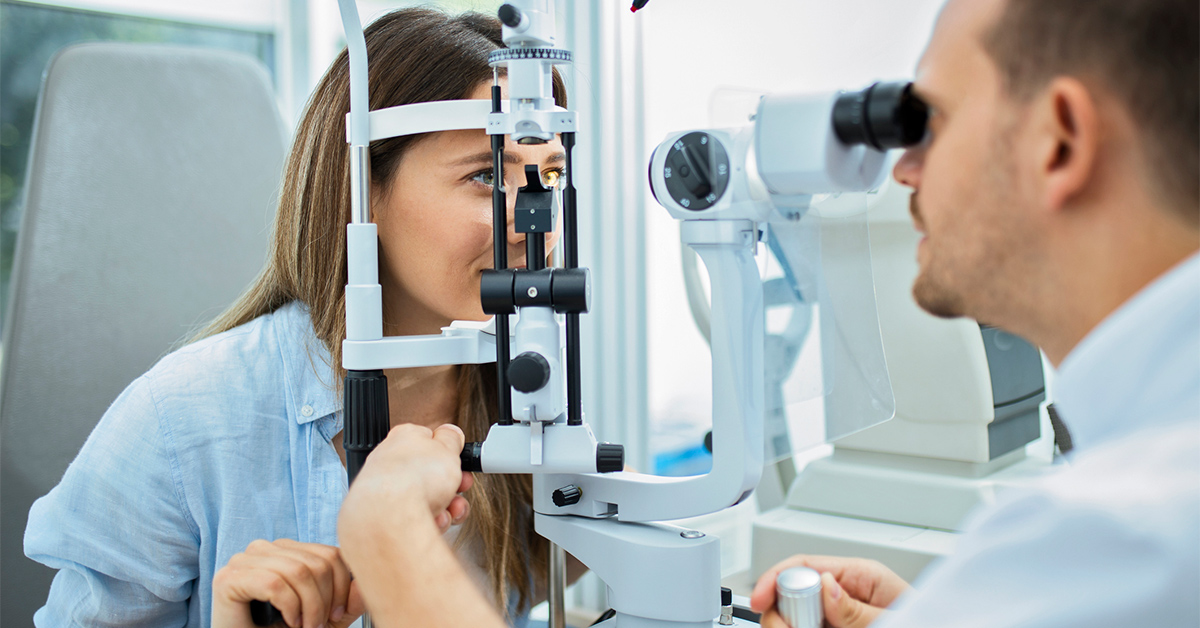Exploring the most up to date Technological Innovations in Optometry and What They Mean for Eye Doctors
From the precision of Optical Coherence Tomography to the nuanced understandings supplied by AI-driven analysis tools, these technologies are establishing new criteria in patient assessment and treatment. As these developments penetrate the technique, eye doctors are encountered with the challenge of embracing these tools to boost client results.
Innovations in Diagnostic Equipment
Advancing the area of optometry, developments in diagnostic tools have reinvented the means eye care experts assess and detect aesthetic problems and ocular problems. The previous years has witnessed significant technological improvements, allowing even more precise and comprehensive analyses. Optical Coherence Tomography (OCT), for instance, offers high-resolution cross-sectional photos of the retina, permitting for the very early detection of illness such as glaucoma and age-related macular deterioration. This non-invasive imaging technique has ended up being essential in contemporary optometric practice.
Another secret innovation is the intro of advanced corneal topography systems, which map the surface curvature of the cornea with accuracy. These devices are particularly beneficial for fitting get in touch with lenses and identifying corneal problems. Digital retinal imaging has actually transformed traditional ophthalmoscopy, providing thorough, breathtaking views of the retina that assist in detailed visual exams.
The development of wavefront aberrometry has likewise been essential, allowing the evaluation of refractive mistakes with unrivaled accuracy (Eye Doctor Optometrist). This modern technology assists in personalizing restorative lenses and improving surgical outcomes for refractive surgical treatments. Jointly, these diagnostic innovations equip optometrists to provide premium person treatment, ensuring very early treatment and tailored treatment strategies, inevitably improving visual health and wellness results
AI in Individual Administration
Structure on the structure of sophisticated diagnostic devices, the incorporation of fabricated knowledge (AI) in client management stands for a transformative jump for optometry. AI systems are significantly used to boost effectiveness, accuracy, and personalization in client care.
Furthermore, AI-driven platforms assist in structured client interactions and administrative procedures. Automated organizing, digital consultations, and individualized follow-up plans not just improve person fulfillment yet also enhance time management for experts. These systems can triage individuals based on the urgency of their problems, making sure that those in crucial demand receive timely focus.
Furthermore, AI enhances decision-making by supplying optometrists with evidence-based recommendations and treatment paths. By integrating information from digital health records, AI tools offer insights that notify clinical decisions, minimizing the risk of mistakes and boosting client results. As AI proceeds to develop, its function in patient management will likely expand, improving the landscape of optometric care.
Breakthroughs in Retinal Imaging
In the realm of optometry, retinal imaging has experienced impressive technical developments that are improving analysis abilities and individual treatment. Developments such as Optical Comprehensibility Tomography (OCT) and fundus digital photography have actually revolutionized exactly how optometrists imagine and examine the retina. OCT, particularly, gives high-resolution, cross-sectional pictures of the retina, enabling the detailed evaluation of its layers. This capacity is important for very early discovery and monitoring of problems like glaucoma, diabetic person retinopathy, and age-related macular degeneration.
Enhanced imaging modalities like OCT angiography are more refining analysis precision. Opticore Optometry. Such improvements help with the recognition of minute retinal changes that might indicate disease progression.
Additionally, advancements in fabricated knowledge are augmenting retinal imaging by allowing computerized evaluation of large datasets. These systems help eye doctors in identifying patterns a sign of pathology, consequently enhancing analysis precision and performance. Jointly, these advancements are changing retinal imaging right into a cornerstone of contemporary eye care, enhancing results and increasing healing possibilities.
Teleoptometry's Expanding Duty
Teleoptometry is progressively becoming an essential part of eye care, driven by innovations in electronic communication and diagnostic devices. This is specifically advantageous in underserved and rural areas where accessibility to specialized eye treatment is usually minimal.
The assimilation of synthetic knowledge (AI) more improves teleoptometry, allowing the my response analysis of aesthetic data and aiding in the detection of eye conditions such as glaucoma and diabetic person retinopathy. AI-powered algorithms can quickly interpret intricate imaging data, giving optometrists with beneficial understandings that bolster clinical decision-making.
Moreover, teleoptometry sustains continuity of care with seamless combination with digital wellness documents (EHRs), enabling optometrists to maintain thorough individual backgrounds. When consulting with various experts., this makes here sure that individuals obtain regular and tailored care also.
Regardless of these benefits, obstacles stay, including making sure information safety and security and managing patient expectations. However, teleoptometry represents a significant stride towards more easily accessible, efficient, and patient-centered eye treatment. As modern technology progresses, its duty is positioned to expand additionally.

Future Trends in Eye Treatment
A myriad of ingenious patterns is readied to reshape the future of eye care, driven by technical developments and the progressing needs of people. One substantial fad is the combination of expert system (AI) in diagnostics, which assures to improve the precision and efficiency of eye examinations. AI formulas can evaluate substantial quantities of data from retinal images, possibly discovering problems like diabetic retinopathy and glaucoma earlier than typical techniques.
Additionally, personalized medicine is acquiring grip in optometry, with hereditary screening informing personalized treatment plans. This technique intends to maximize person end results by customizing interventions to individual hereditary profiles. Wearable modern technology, such as wise call lenses, is also imminent, providing real-time this website tracking of intraocular pressure or glucose levels, therefore offering continual insights into systemic and eye wellness.
The adoption of augmented reality (AR) and virtual fact (VIRTUAL REALITY) in training and patient education is another arising pattern. These innovations offer immersive experiences that can improve understanding and abilities both for eye doctors and people. As these patterns progress, eye doctors need to remain abreast of technological developments to offer innovative care, making certain improved person results and contentment in the vibrant landscape of eye treatment.
Final Thought

Jointly, these analysis advancements encourage optometrists to deliver exceptional person care, making certain early intervention and customized treatment approaches, ultimately improving visual health and wellness results.

As these innovations proceed to progress, optometrists need to adjust and integrate them into method, eventually optimizing workflow performance and elevating the requirement of eye care delivered to clients.